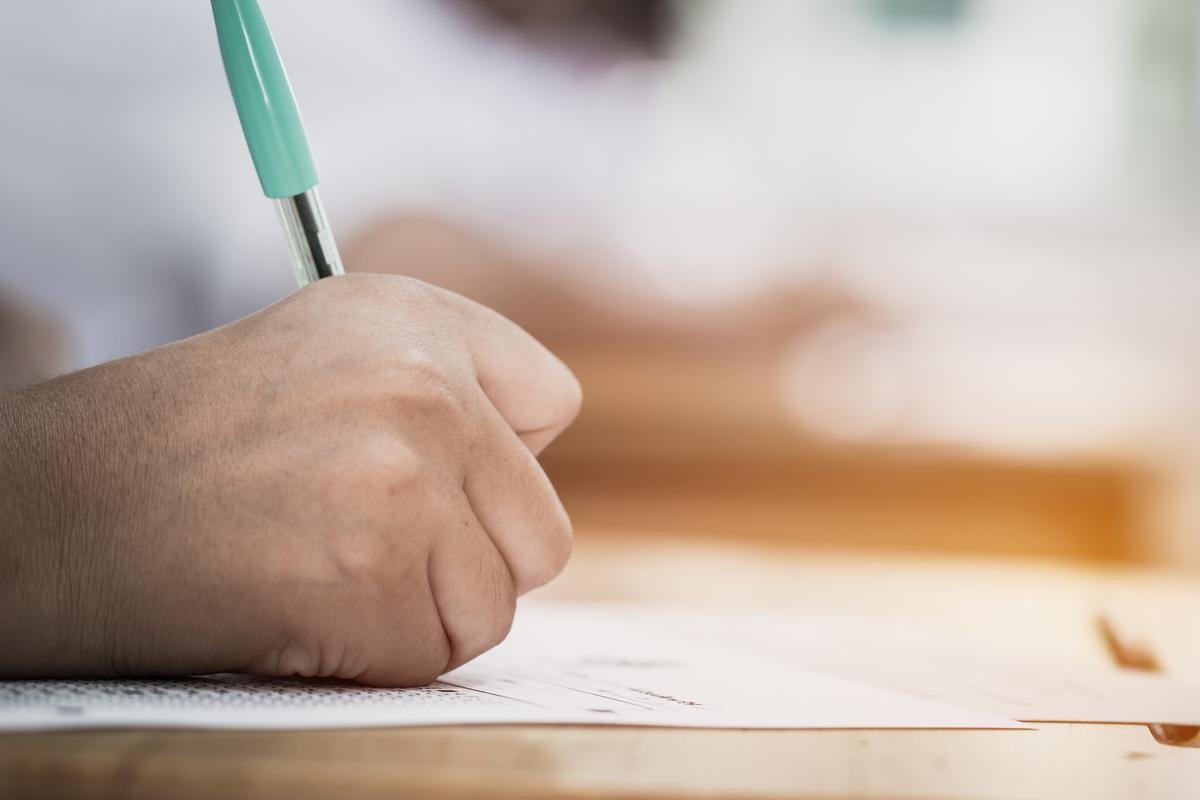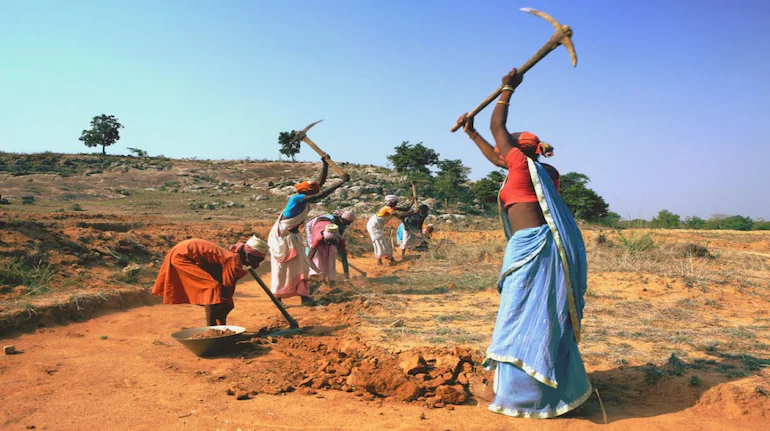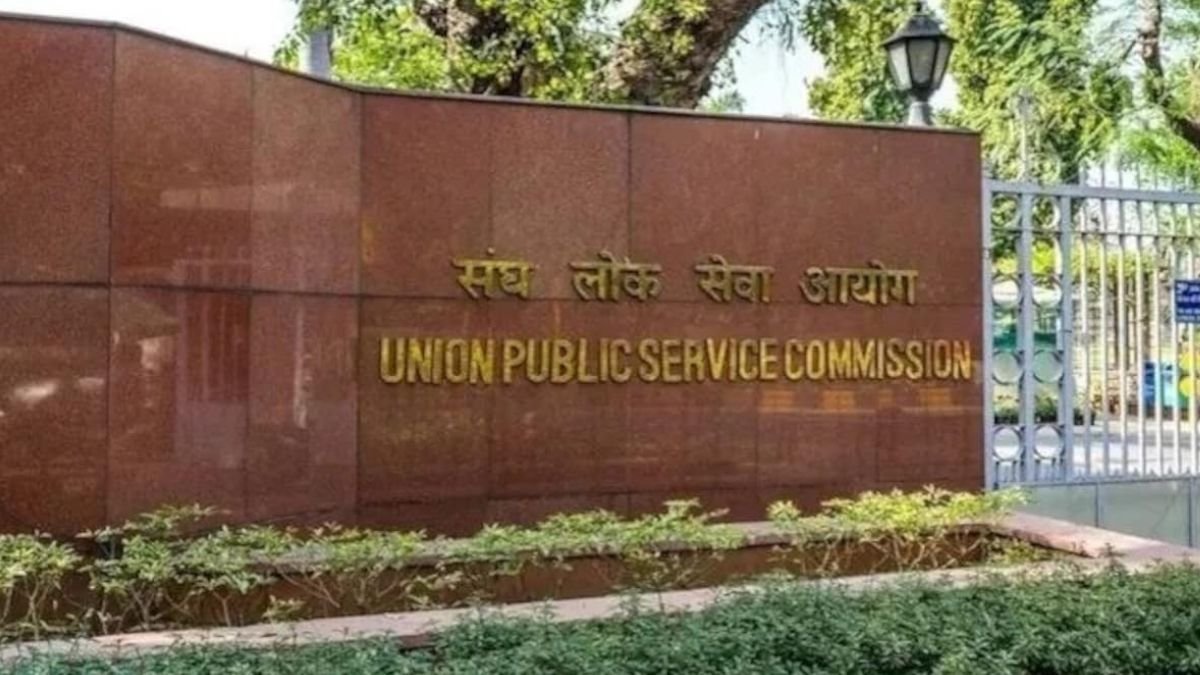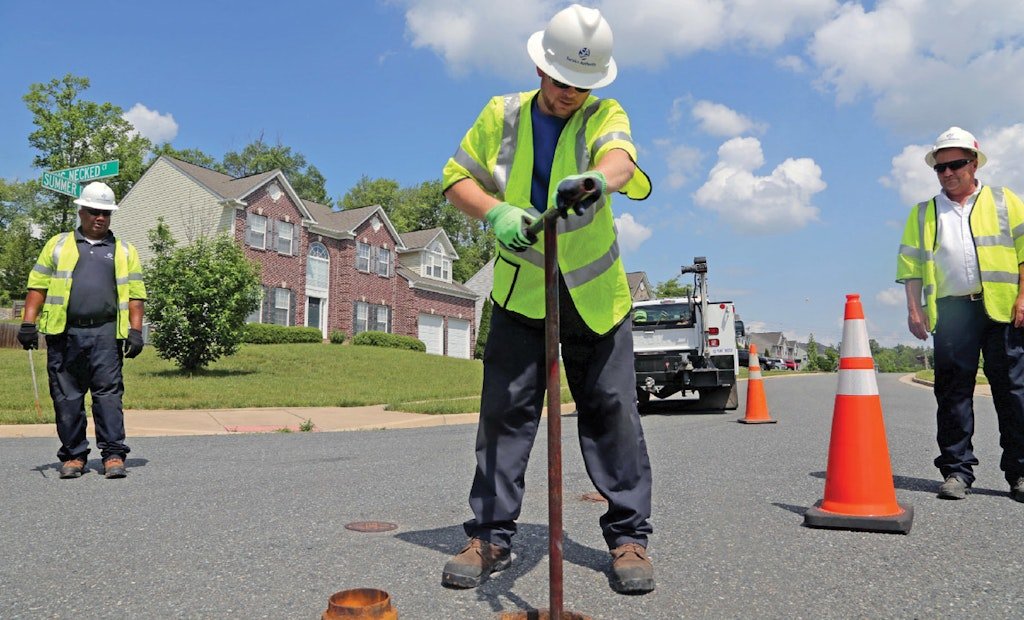Why in the News?
- In July 2025, the Supreme Court in Sukdeb Saha vs State of Andhra Pradesh declared mental health an integral part of the right to life under Article 21.
- The Court issued binding “Saha Guidelines” mandating schools, colleges, hostels, and coaching institutes to create mental health support systems.
- This judgment emerged from a case involving the suicide of a NEET candidate in Visakhapatnam, reflecting systemic failures in addressing student mental health.
Key Highlights
- Facts of the Case
- A 17-year-old student died by suicide in a Visakhapatnam hostel in 2024.
- Dissatisfied with the state police investigation, her father sought a CBI inquiry.
- The Supreme Court not only transferred the probe to the CBI but also used the case to examine student suicides as a structural problem.
- Recognition of Mental Health under Article 21
- Court held that right to life = right to live with dignity + mental well-being.
- Shifted the interpretation from statutory rights under the Mental Healthcare Act, 2017 to a constitutional right enforceable against the State.
- The Saha Guidelines
- Schools, colleges, hostels, and coaching institutes must develop mental health support systems.
- States/UTs must implement rules within two months and form district-level monitoring committees.
- Guidelines hold legislative force until Parliament enacts a full law.
- Structural Victimisation Perspective
- Student suicides framed as systemic injustice, not merely individual tragedies.
- Factors include exploitative coaching culture, lack of safeguards, stigma around mental health, and neglect by institutions.
- The Court drew upon victimology and Johan Galtung’s structural violence theory, which blames systemic harm as much as direct violence.
- Criminological and Social Implications
- The ruling linked educational neglect with structural violence, holding institutions morally responsible.
- Student suicides are no longer “personal failures” but outcomes of institutional pressures and governance collapse.
- Opened the door for restorative measures like counselling, institutional reforms, and accountability mechanisms.
| Fundamental Rights in the Indian Constitution
The Indian Constitution guarantees Fundamental Rights to its citizens under Part III, often hailed as the “Magna Carta of India”. Inspired by the American Bill of Rights, they are legally enforceable and protected by the judiciary against violations by both executive and legislative actions. These rights are also referred to as the “Conscience of the Constitution.” Categories of Fundamental Rights Fundamental Rights are grouped into six broad categories: 1. Right to Equality 2. Right to Freedom 3. Right against Exploitation 4. Right to Freedom of Religion 5. Cultural and Educational Rights 6. Right to Constitutional Remedies Key Features of Fundamental Rights 1. Philosophical Roots: a. Influenced by the American Bill of Rights and the French Declaration of the Rights of Man and the Citizen b. Inspired by European thinkers like John Locke, Rousseau, and Montesquieu, who championed liberty and natural rights 2. Justiciable and Enforceable: a. Citizens can approach the Supreme Court or other courts to enforce these rights b. Two mechanisms: i. Judicial Review: Courts assess the legality and constitutionality of public actions (Article 13) ii. Writs: Issued under Article 32, directing authorities to perform specific duties 3. Applicability: a. Some rights are exclusive to citizens (Articles 15, 16, 19, 29, 30) b. Others apply to all persons, including foreigners and legal entities 4. Definition of “State” (Article 12): a. Includes the Government and Parliament of India, State Governments, local authorities, and statutory/non-statutory bodies The Six Fundamental Rights 1. Right to Equality (Articles 14–18) a. Article 14: Guarantees equality before law and equal protection of laws, upholding rule of law, natural justice, and anti-arbitrariness. b. Article 15: Prohibits discrimination based on religion, race, caste, sex, or place of birth; ensures equal access to public spaces; allows affirmative action for women and children. c. Article 16: Ensures equal opportunity in public employment; permits reservations for socially disadvantaged groups. d. Article 17: Abolishes untouchability and criminalizes its practice. e. Article 18: Prohibits conferring of titles, except for military and academic distinctions. 2. Right to Freedom (Articles 19–22) a. Article 19: Grants six freedoms to citizens (subject to reasonable restrictions): i. Freedom of speech and expression ii. Right to assemble peacefully iii. Right to form associations/unions iv. Freedom of movement across India v. Right to reside and settle anywhere in India vi. Freedom to practice any profession or trade b. Article 20: Provides safeguards in criminal cases: i. Ex Post Facto Law: No retroactive criminal liability ii. Limit on Penalty: Punishment cannot exceed what was prescribed at the time of offence iii. Double Jeopardy: No second trial for the same offence iv. Self-Incrimination: Protection against being forced to testify against oneself c. Article 21: Protects life and personal liberty; includes rights like privacy, clean environment, etc. d. Article 21A: Added via the 86th Amendment (2002); mandates free and compulsory education for children aged 6–14 years e. Article 22: Safeguards against arbitrary arrest and detention: i. Arrested individuals must be informed of reasons ii. Right to consult a legal practitioner iii. Must be presented before a magistrate within 24 hours iv. Excludes enemy aliens and those under preventive detention laws 3. Right against Exploitation (Articles 23–24) a. Article 23: Prohibits human trafficking, begar (forced labour), and other exploitative practices b. Article 24: Bans employment of children under 14 in factories, mines, or hazardous occupations i. Reinforced by the Child Labour (Prohibition & Regulation) Amendment Act, 2016 4. Right to Freedom of Religion (Articles 25–28) a. Article 25: Guarantees freedom of conscience and the right to profess, practice, and propagate religion i. Subject to public order, morality, and health ii. Does not permit forced conversions b. Article 26: Grants religious groups the right to: i. Establish and maintain religious and charitable institutions ii. Manage their own religious affairs iii. Own and administer property c. Article 27: Prohibits taxation for promoting or maintaining any particular religion d. Article 28: Forbids religious instruction in state-funded institutions, unless mandated by a trust or endowment 5. Cultural and Educational Rights (Articles 29–30) a. Article 29: i. Protects the rights of minority groups to preserve their language, script, and culture ii. Ensures non-discrimination in admission to state-aided educational institutions b. Article 30: i. Allows religious and linguistic minorities to establish and manage educational institutions of their choice ii. Protection is limited to religious and linguistic minorities, not other citizen groups 6. Right to Constitutional Remedies (Article 32) a. Empowers individuals to seek judicial relief if their Fundamental Rights are violated. b. Recognized as the heart and soul of the Constitution, enabling enforcement of all other rights. |
Implications
- Legal
- Mental health elevated from a statutory right (2017 Act) to a fundamental right under Article 21.
- Citizens now have stronger grounds to demand psychological well-being safeguards.
- Educational Institutions
- Obligated to set up support mechanisms, counselling, and crisis intervention systems.
- Coaching centres and hostels brought under legal scrutiny for student welfare.
- Governance and Policy
- States/UTs mandated to implement rules swiftly and create district-level monitoring committees.
- Push towards integrating mental health into National Education Policy and school regulations.
- Societal
- Recognition that stigma, hierarchy, and competitiveness erode student well-being.
- Redefines suicides as public injustice and not just private despair, thereby shifting responsibility from individuals to society.
- Criminological
- Introduces structural victimology into Indian jurisprudence.
- Recasts the State and institutions as de facto perpetrators when they fail to prevent harm.
- Expands the meaning of “violence” beyond physical acts to include neglect and systemic pressure.
Challenges and Way Forward
| Challenges | Way Forward |
| Implementation gaps: States/UTs may delay enforcement of Saha Guidelines. | Strict time-bound compliance monitoring by SC and independent oversight bodies. |
| Resource constraints: Lack of trained counsellors, psychologists, and infrastructure. | Increase budgetary allocation, recruit trained professionals, and integrate digital counselling platforms. |
| Stigma and social barriers around mental health. | Launch awareness campaigns to normalise seeking help; train teachers and parents. |
| Coaching centre pressure and exam-centric culture. | Regulate coaching institutes, limit working hours, enforce welfare norms. |
| Risk of judicial overreach without legislative backing. | Parliament should enact a comprehensive Mental Health in Education Act building upon the Saha Guidelines. |
Conclusion
The Sukdeb Saha verdict is a watershed moment in Indian constitutional jurisprudence. By embedding mental health within Article 21, the Supreme Court has transformed student suicides from private tragedies into matters of public justice and institutional accountability. While judicial declarations provide a normative benchmark, the true test lies in implementation by States, schools, and universities. If followed in spirit, this judgment can reshape India’s educational culture into one that values psychological integrity as much as academic achievement.
| EnsureIAS Mains Question
Q. The Supreme Court’s judgment in Sukdeb Saha vs State of Andhra Pradesh (2025) has been hailed as a watershed in recognising mental health as a constitutional right. Discuss the significance of this ruling in the context of student suicides, structural victimisation, and educational reforms in India. (250 words) |
| EnsureIAS Prelims Question
Q. With reference to the Sukdeb Saha vs State of Andhra Pradesh case (2025), consider the following statements: 1. The Supreme Court declared mental health as an integral part of the Right to Life under Article 21. 2. The Court directed the creation of “Saha Guidelines” which have legislative force until Parliament enacts a law. 3. The Mental Healthcare Act, 2017 already recognised mental health as a fundamental right under the Constitution. Which of the statements given above is/are correct? a) 1 and 2 only Answer: (a) 1 and 2 only Explanation: Statement 1 is Correct: The SC held that mental health is part of the Right to Life under Article 21. Statement 2 is Correct: The “Saha Guidelines” were given legislative force until Parliament acts. Statement 3 is Incorrect: The Mental Healthcare Act, 2017 gives a statutory right, not a fundamental right. |
|
Also Read |
|
| UPSC Foundation Course | UPSC Daily Current Affairs |
| UPSC Monthly Magazine | CSAT Foundation Course |
| Free MCQs for UPSC Prelims | UPSC Test Series |
| ENSURE IAS NOTES | Our Booklist |





